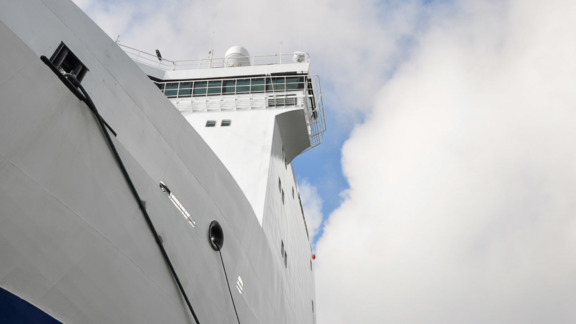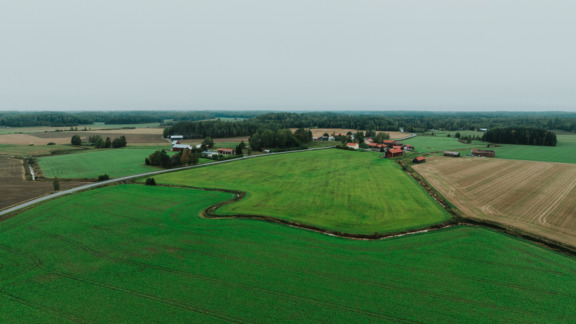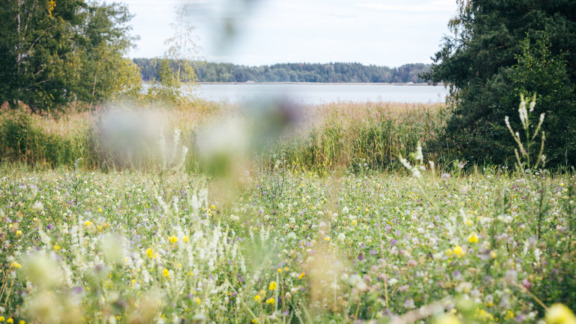Gullkrona – The Archipelago Sea’s largest underwater conservation area
The largest private marine conservation area in the Archipelago Sea was established around the island of Gullkrona in October 2022. An area of 4,800 hectares was protected as part of BSAG’s Living Baltic Sea project. Conservation is being carried out in cooperation with landowners, aiming to preserve the vitality of the area’s marine nature.
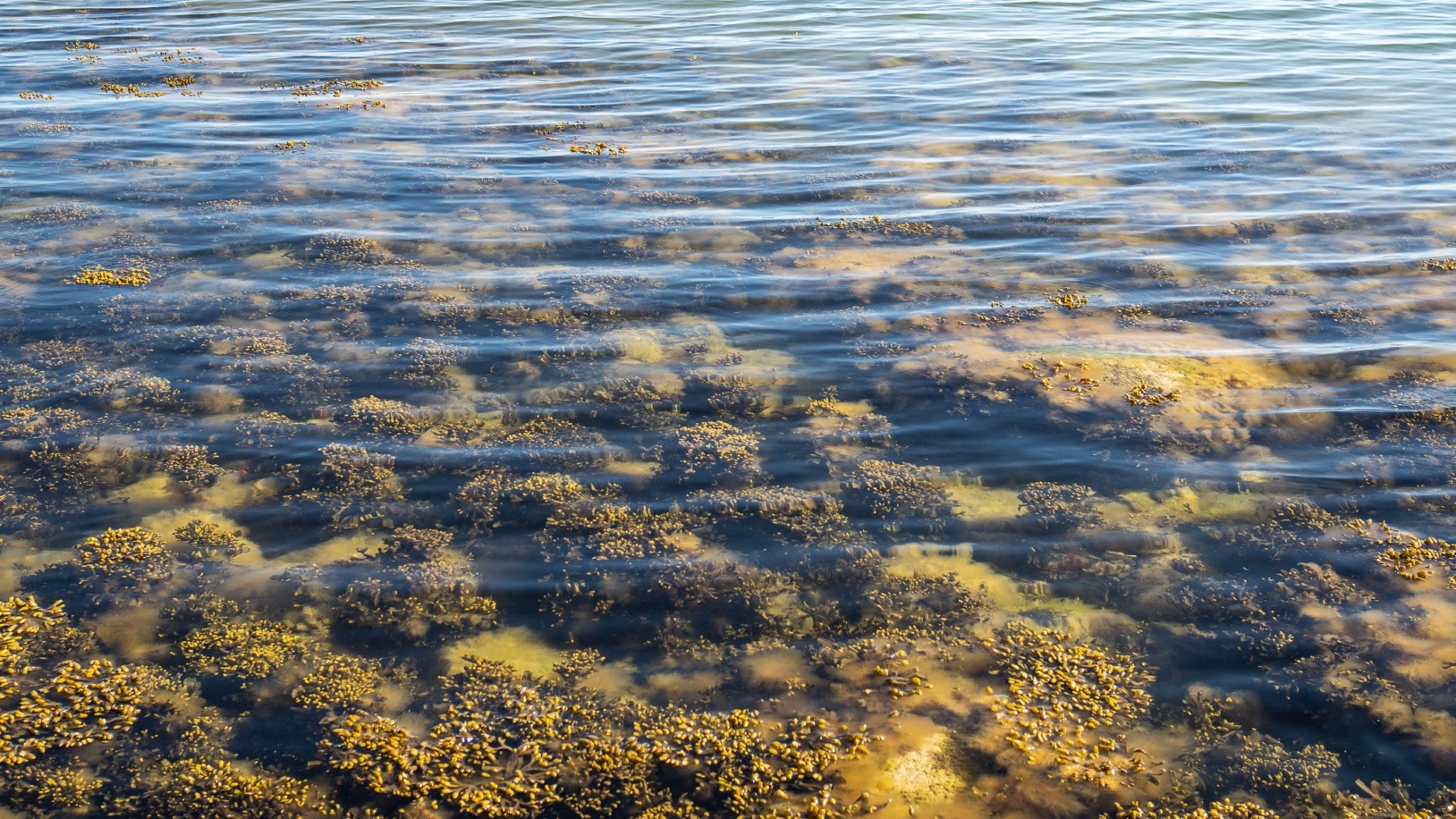
WHAT?
The waters around Gullkrona were turned into a private conservation site.
WHO?
Private landowners, BSAG, the ELY Centre and other authorities were all involved in establishing the private conservation area.
WHEN?
Preparatory work was carried out in 2021–2022.
WHY?
To protect valuable nature in the area and, together with adjacent conservation areas, to form a single, larger site that nurtures marine nature.
Gullkrona’s biodiverse waters privately protected
The ruggedly beautiful island of Gullkrona in the Archipelago Sea has witnessed many events over the years. The island is known for its guest harbour, and many boaters and other summer visitors come to the island during the summer. The island is quieter in winter,
but the surrounding sea is full of life all year round. Its shallow coastal waters are home to many important species, such as bladderwrack, blue mussels, and eelgrass. They are all key species for the Baltic Sea, providing food and shelter for many other underwater inhabitants. Many species of birds also favour its islets as nesting sites.
There’s a great deal of diversity in the marine nature surrounding the island of Gullkrona, but only part of this area was protected. The Archipelago National Park is adjacent to the area, and parts of the area are being protected under the Natura programme.
The viable marine areas that did not fall within the scope of these conservation efforts have now been privately protected, that is, a private conservation area was established at the initiative of local landowners.
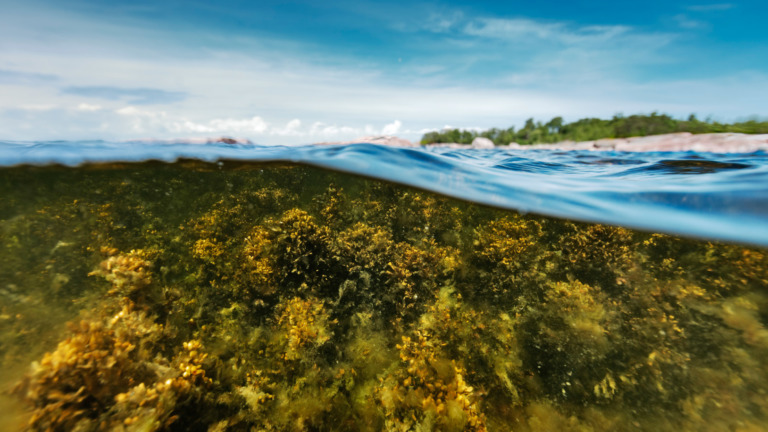
Many people are familiar with the Gullkrona archipelago landscape above the water. The waters around Gullkrona also represent different underwater habitats and the Baltic Sea’s iconic species.
Anna Klemelä, projektipäällikkö, meriluonnon monimuotoisuus, BSAG
Landowners keen to protect coastlines
Gullkrona’s land and sea areas are privately owned. The local landowners, who make up the fishery collective, are united by their love of the archipelago’s beautiful and diverse marine nature and a desire to protect it.
The fishery collective consists of 22 landowners. They include BSAG founders Ilkka Herlin and Saara Kankaanrinta, both working to save the Baltic Sea.
When BSAG launched the Living Baltic Sea project with the Bank of Åland in 2019, everything started to fall into place as the project sought to increase protection for underwater nature.
Gullkrona is surrounded by other protected sites – it’s next door to the Archipelago National Park and close to Natura areas. When Gullkrona’s 4,800 hectares of marine areas were protected, an exceptionally large conservation site was created in the Archipelago Sea. The larger the conservation area, the greater the impact.
BSAG decided to make Gullkrona the Living Baltic Sea project’s first pilot site. Everyone in the Gullkrona Fishery Collective was happy to be involved.
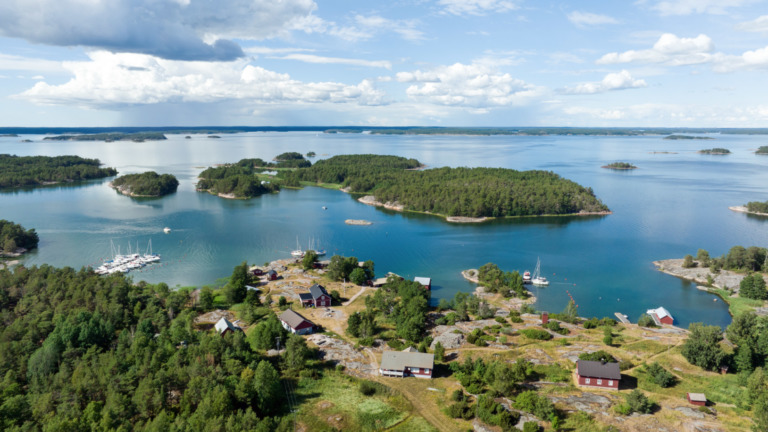
We were involved in establishing the largest private conservation area in the Archipelago Sea. The average size of private marine conservation areas is 280 hectares. 4,800 hectares of underwater nature were protected in the new area. That’s equivalent to almost 20 Malmi Airports.
Pieta Jarva, Strategy Director, BSAG
Even private waters can be protected
Private conservation areas are still few in number, as most people are unaware that they can turn the coastline by their summer cabin into a conservation area. Even fewer people know how to establish an underwater conservation area.
It’s a fairly simple process. First, you need a unanimous decision from the water area’s landowners. One of the landowners will then need to contact the ELY Centre, which will assess the area’s suitability for conservation in collaboration with Metsähallitus.
The Nature Conservation Act specifies that a protected area must contain something that requires protection, that is, something that is rare or important for the ecosystem. This criterion was easy to meet in Gullkrona.
Converting a private water area into a conservation site does not mean it will be museumised or decommissioned. No unnecessary restrictions will be introduced. Although the authorities will help landowners identify the need for protection, the landowners will make final decisions about restrictions in their area.
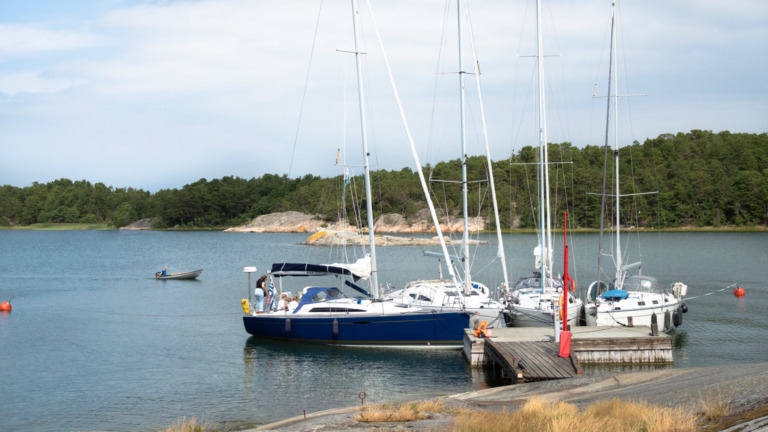
Conservation doesn’t aim to make life in the archipelago more difficult. Its purpose is to maintain the vitality of the archipelago’s nature and culture. Landowners know their area best and are familiar with the archipelago’s practicalities. It’s therefore essential to consult them from the outset.
Ilkka Herlin, Gullkrona landowner
Fishery collective concerned about the Baltic Sea
Regular sailing will still be allowed around Gullkrona. The guest harbour isn’t going to disappear. People can still fish, swim and do water sports as long as they don’t go near islets on which birds nest.
Any dredging and breakwaters required for landing boats will still be permitted. However, other dredging and seabed modifications are largely prohibited. Aquaculture is also prohibited within the conservation area, and there is a ban on anchoring at sites where eelgrass grows.
The restrictions in the Gullkrona conservation area were agreed on with the authorities, and the Gullkrona Fishery Collective sought protection for the area. This was an important stage in the journey. The ELY Centre for Southwest Finland approved the application in September 2022, and the conservation area was officially established in October 2022.
CONTACT
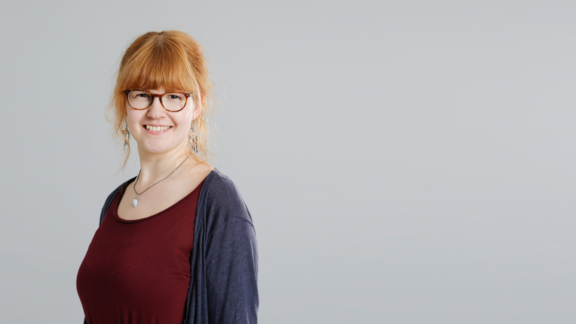
Anna Klemelä
Project Manager, Marine Biodiversity; Communications Specialist
